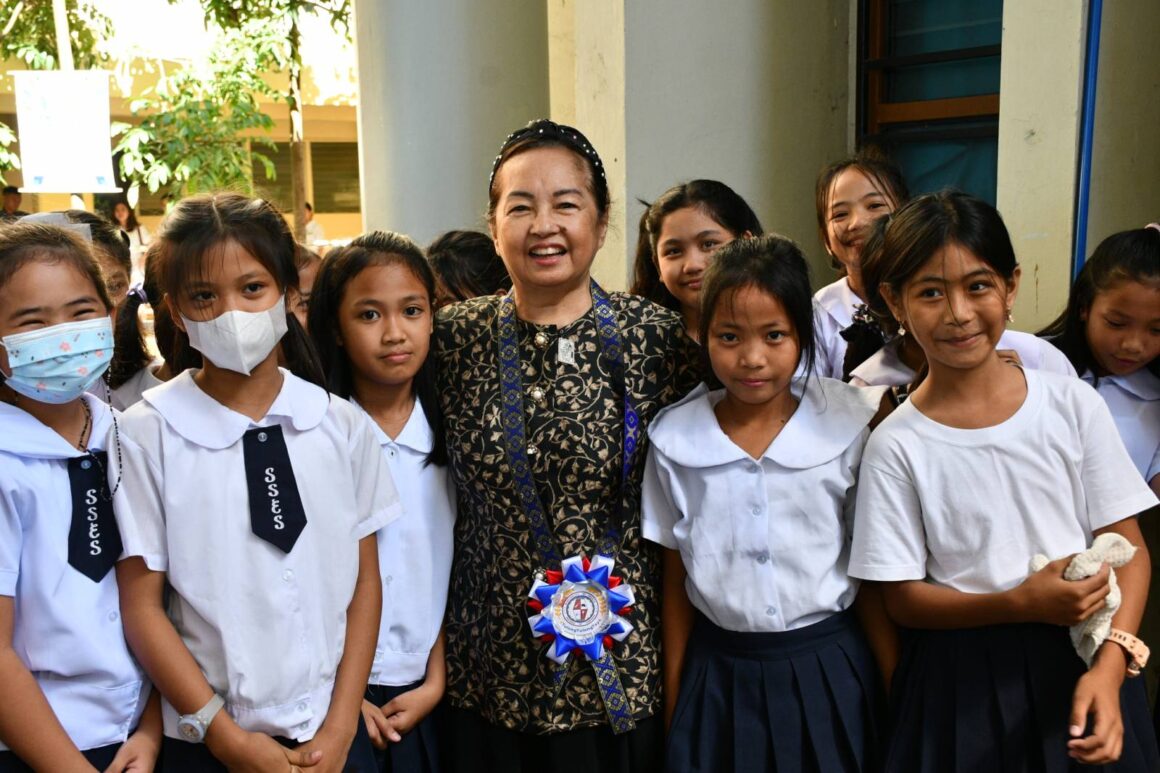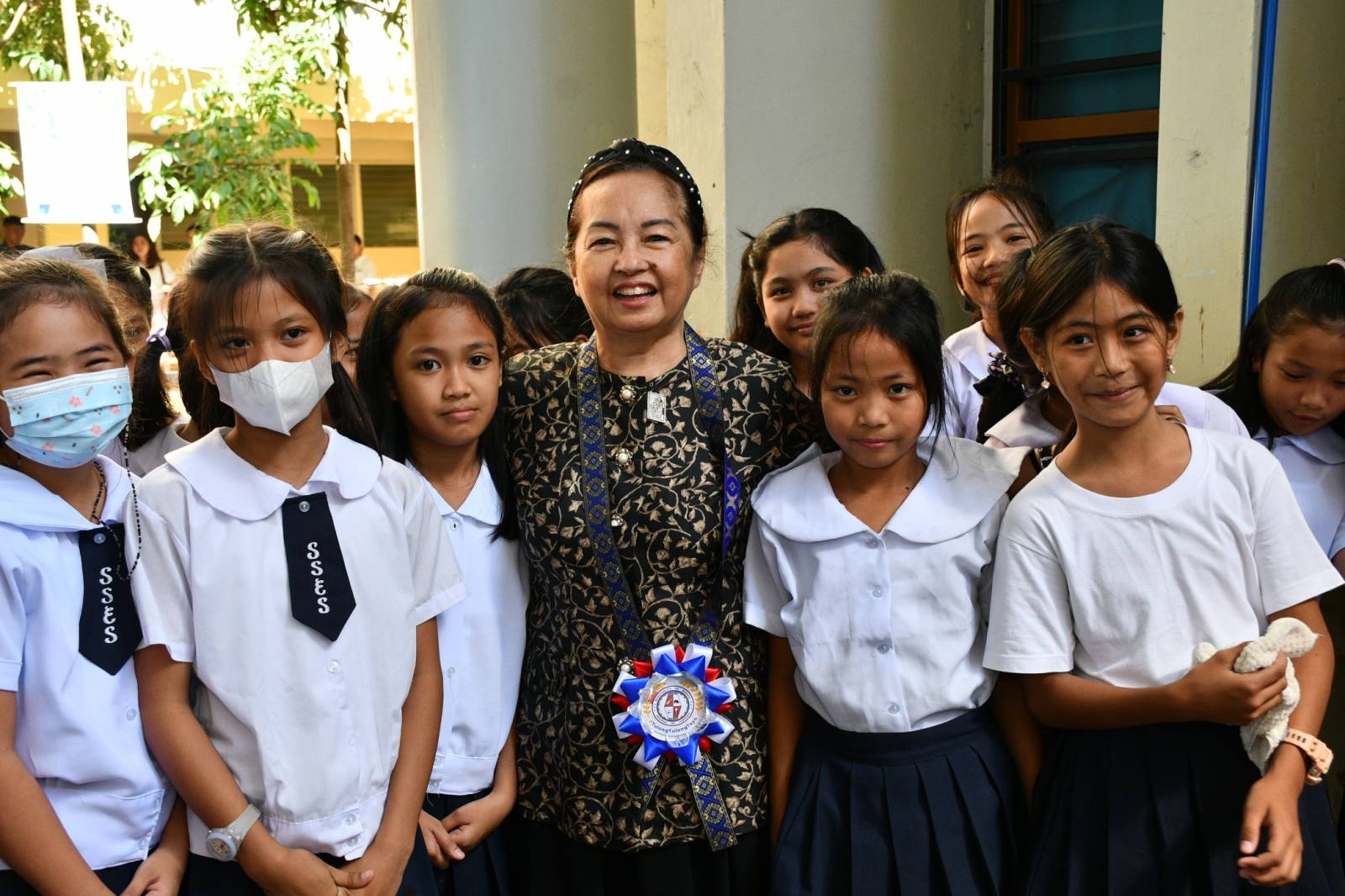
2nd District of Pampanga Representative Gloria Macapagal-Arroyo attends an anti-cervical cancer vaccination event held in a school in Guagua, Pampanga to show her support to the advocacy of protecting young learners from deadly diseases like cervical cancer
Former president and now Congresswoman Gloria Macapagal-Arroyo may now be considered a key ally in the global fight against cervical cancer.
Arroyo, who is also credited for declaring the month of May every year as “Cervical Cancer Consciousness Month” in the country, recently led an immunization campaign against Human Papillomavirus (HPV) infection in Guagua to protect learners from the dreaded disease. HPV is responsible for more than 90% of anal and cervical cancers, and most people who become infected do not know they have it.
The HPV vaccination drive, which will have around 17,000 school-aged children in Pampanga as its main beneficiaries, was supported by the Department of Health (DOH) in Region 3, the Provincial Health Office in Pampanga, as well as the Governor and Board Members of Pampanga, the Mayor of Guagua, and the Department of Education (DepEd).
An economist and a game-changer in Philippine politics, the presence of the former head of state at the Pampanga event may already be considered a shot in the arm for the DOH, which has been calling for increased funding for its HPV immunization program in the coming year.
Eliminating cervical cancer by 2040
Every two minutes, a woman dies of cervical cancer worldwide.
In the Philippines, it ranks as the second most common type of cancer that afflicts women. Almost 8,000 Filipino women are diagnosed with the disease annually, and it continues to claim the lives of 11 Filipinas every day. The disease is largely preventable through vaccination and screening, and could also be easily managed through early detection and appropriate treatment.
Cervical cancer continues to be a burden, especially in low-resource countries like the Philippines where needed facilities for prevention, screening, diagnosis, and treatment are usually lacking. Immunogenicity studies have shown that two doses of HPV vaccine provide better protection for the younger age group. Early vaccination before HPV exposure is also more effective.
This is why Pampanga’s initiative to introduce a school-based HPV vaccination among children aged 9 to 14 can be an important first step in building a more resilient system that could fortify the community’s protection against vaccine-preventable diseases like cervical cancer.
Acknowledging that cervical cancer is 90 percent preventable, the Philippines has since become one of the many countries answering the call of the World Health Organization (WHO) to help eliminate cervical cancer by 2040.
According to the WHO, it is possible to eliminate cervical cancer using the 90-70-90 rule: HPV vaccination gets scaled up to cover 90% of adolescent girls; 70% of women receive HPV-based screening; and 90% of women with pre-cancer symptoms or invasive cervical cancer receive treatment.In line with the global mission to address the burden of HPV and eliminate cervical cancer, the DOH has since made it clear that allocating more resources to HPV vaccination is necessary. According to the health department, increasing the budget for HPV vaccination can significantly expand the reach of these life-saving shots. This will not only shield individuals from the devastating effects of cervical cancer, it will also ease the broader social and economic burdens linked to the disease.



